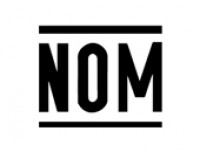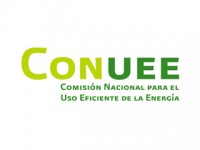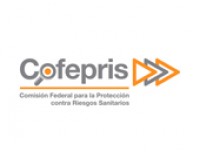
Mexico
NOM
Normas Oficiales Mexicanas (NOM) Mexico’s product certification is divided into a compulsory standard (NOM (Normas Oficiales Mexicanas)) and voluntary standard (NMX (Normas Mexicanas)), which are applied to the export and customs clearance of the product. Certifications which are in compliance with NOM and NXM must be issued by a certification body designated by a Mexican accreditation body, and compulsory regulated products must be marked after NOM certification in order to go through custom clearance and sales. Target items : Most IT products and home appliances, machinery, electrical and electronic products
IFETEL
Federal Telecommunications Institute (IFETEL). All products that use frequencies to transmit and receive signals, and all telecommunication products connected to the PSTN or public networks, must be certified by IFETEL. All products approved under the IFETEL system must be labeled with the IFETEL mark. Testing must be performed at an EMA accredited laboratory, and certification of the model families is not permitted. Testing, certification and IFETEL registration are required for each product and model. Target items: 900Mhz, 2.4Ghz, 5Ghz frequency products.
CONUEE
National Commission for the Efficient Use of Energy (CONUEE). Some electronic products sold in Mexico certify its energy efficiency through a label of the product. At the same time, the maximum limit of power must be measured. Target items: Most home appliances and audio, DVD, set-top boxes, microwave ovens, printers, IT devices (notebook, tablet PC, etc.)
COFEPRIS
Federal Commission for the Protection against Sanitary Risk (COFEPRIS). All Medical devices which require contact with the human body that are sold or imported to Mexico must be certified by a Mexico Authority. Local importers must register the product with the authorities and obtain an import permit. If it is powered with electricity, NOM approval is also required. Target items: Medical devices such as medical or health care products, implants and devices, surgical equipment, hygiene products, and diagnostic equipment are classified according to risk into Levels 1, 2, and 3; clinical and biocompatibility reports require Level 3.




